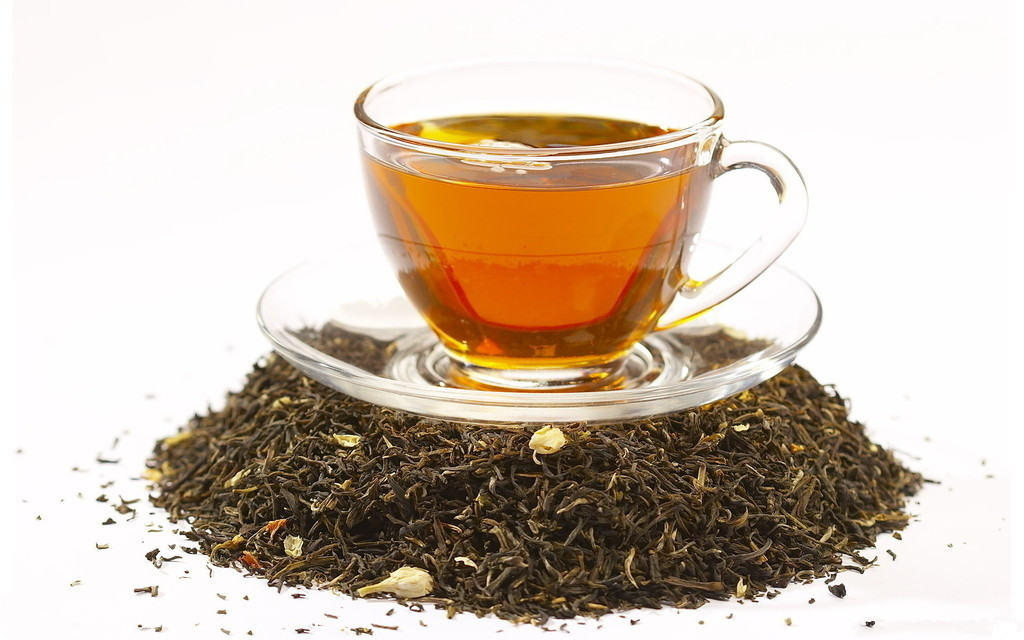First, build a garden and planting. Choose land with a thick soil and well-drained land. Using close-grained cultivation, open field cultivation of 333 per acre colonization, row spacing of 2 meters, 1 meter spacing; greenhouse cultivation per acre colonization of 500 plants, spacing 1.8 meters, spacing 0.75 meters.
Second, the management of the year after planting
1. Keep a tree shape early: After planting, cut and dry 10 cm above the peach seedling grafting interface. After the peach tree germinates a new branch, pay attention to the main branch, and cut off the remaining branches. When the main branch is 20 centimeters long, lightly tied to the bamboo raft, leave one lateral branch every 20 centimeters, wait for the lateral branch to 30 centimeters to pick up the heart, and pull the lateral branch to both sides of the main branch and fix it to keep the lateral branch and the main branch. Vertically distributed, so each row of peach trees is arranged in a fishbone-like order.
2, first promote after the control: After germination to early July before, fertilizer management is the most critical, new shoots grow to 5 cm when the top dressing, fertilization amount to grasp after the first few, after every 10 days topdressing once, fertilizer types to Available nitrogen-based fertilizers, organic fertilizer, and phosphorus and potassium fertilizers, watered immediately after fertilization. In order to promote the rapid growth of peach seedlings, while applying fast-acting fertilizer, spray 1510-6 gibberellic acid once every 10-15 days, and spray 2-3 times. In order to increase the effect, foliar fertilizers and photosynthetic micronutrients may be properly added to the hormones. In mid-July, when the peach tree grows to about 2 meters, fertilization and hormone treatment are stopped. The trunk is inclined at a 45-degree angle to the ground. The entire tree body is dumped to the side, the north and south rows are dumped to the west, and the east and west rows are dumped to the south. Fix it on the bamboo raft, but do not pull the main branch into a bow. The main branch should be kept straight, but only sloping. At this time, the length of control and promotion of flowers is the key, with 15% paclobutrazol 200-300 times or 200 times PBO spray, spraying 1-3 times to achieve control and promote the purpose of early flowering crown, the main branch The lateral branches that grow are pulled toward each side. A lateral branch is distributed on each main branch of 20-25 cm, and the back branch on the main branch is cut off or flattened to grow on both sides. In October, fertilization was conducted once more. Fertilizers were dominated by organic and phosphorus fertilizers.
Third, enter the management of the result period
(1) Soil Fertility Management: In the early stage of flowering and the young fruit expansion period, 0.25-0.5 kg of diammonium or compound fertilizer can be topdressed per plant, while extra-root fertilizer is applied at the same time. After flowering, the fruit is sprayed once every 15 days for 0.3%. Potassium dihydrogen phosphate solution and photosynthetic micro fertilizer solution to promote coloration increase yield and quality. (2) Pollination: Artificial pollination was performed 1-2 days after flowering, 9:00 am and 3-4 pm daily. (3) Preserving fruit and thinning fruit: Spray 200 times of PBO and appropriately thinning fruit at the bud exposing stage and the young fruit exposing stage. Generally, it is carried out twice in two weeks after anthesis. The first light sparse one week after one week. Conduct the second fruit thinning. (4) Management after fruit picking: First, it is necessary to intensively fertilize and compensate for the nutrient consumption caused by a large number of results. The second is to update the pruning, retracting the result branches, prompting the new shoots to sprout again to form new result branches. In the later period, the method of spraying paclobutrazol is still used to control the growth, promote flower bud differentiation, and lay a good foundation for obtaining higher yields in the coming year.
Jasmine tea is one of China' s top ten teas and has a history of more than 1,000 years. Jasmine tea is blended with tea leaves and fresh jasmine via scenting system, which makes the Green Tea leaves absorb the jasmine aroma. Through a series of complex process, jasmine tea has the health-care effects, such as smoothing our nerves, solving the depression, spleen-strengthening and breath-managing, anti-aging anti-radiation, improving the immunity, known as a healthy drink.

Jasmine tea are produced by Joy Tea Co.,LTD with high quality and good appearance. Welcome you to visit our company. For inqury, please send mail directly.
Jasmine Green Tea,Organic Jasmine Green Tea,Natural Jasmine Green Tea,Slim Jasmine Green Tea
JOY TEA CO., LTD. , https://www.joyteaco.com